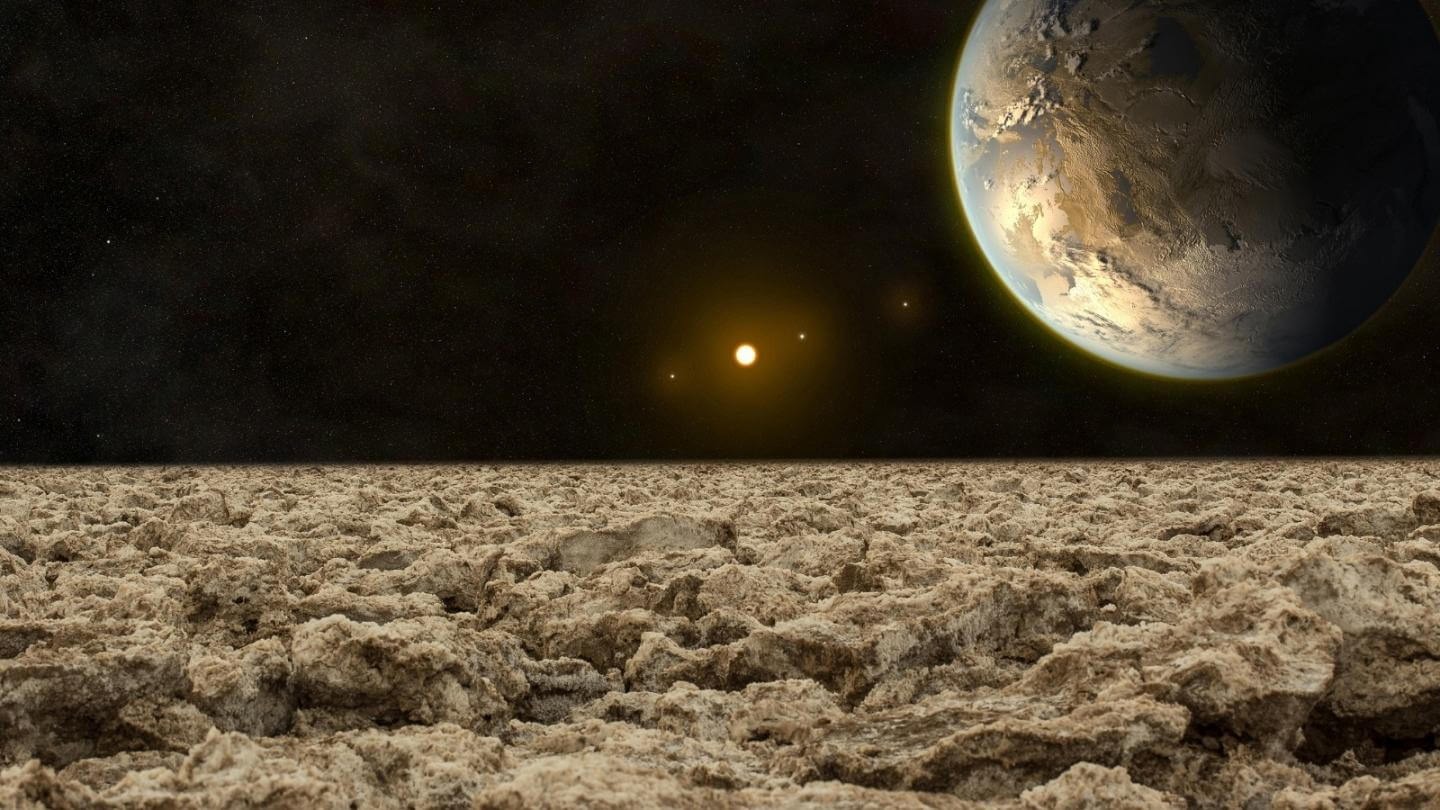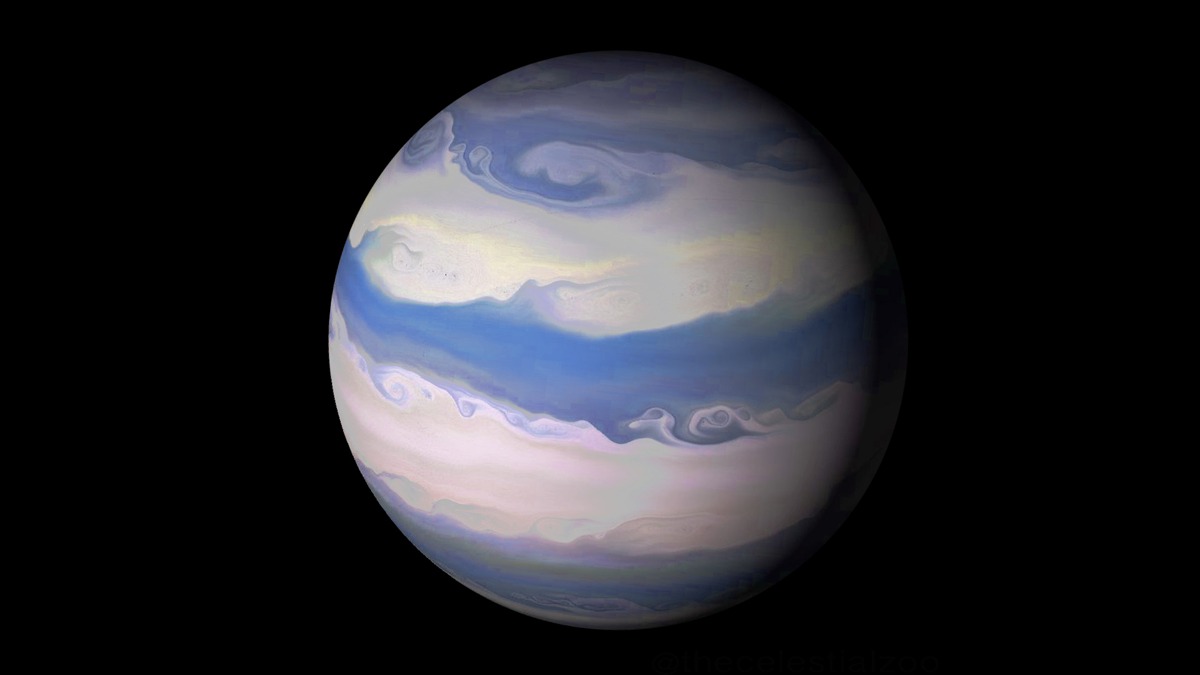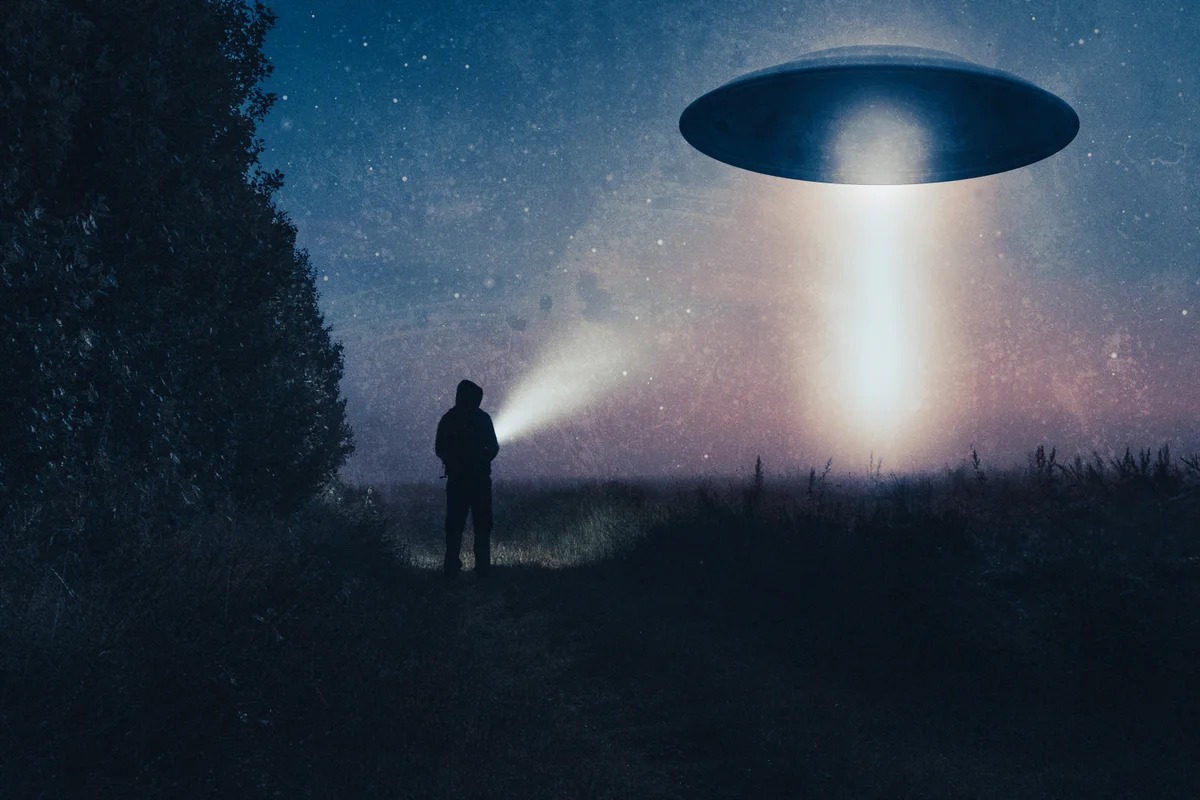

Cosmox Blogs
The Fermi Paradox: Why Haven't We Found Intelligent Life in the Universe Yet?
The question of the possibility of intelligent life has been pondered upon for centuries, later on, amplified by the use of media: countless movies, television shows, and books are centered around this very idea. So much so, in fact, that scientists have sent pulsar maps to try and showcase where space probes (such as the Voyager) have come from, and how long they were traveling for, should any other civilization find it.
A concept greatly linked to the question of extraterrestrial life is the Fermi Paradox. This began in 1950 when Nobel Prize-winning physicist Enrico Fermi posed the question that went along the lines of "But where is everybody?" The significant implications of this paradox have led to an endless stream of theories, hypotheses, and ongoing speculations ever since.

“Perhaps they will visit us, but the time has not yet come for this” ~ Konstantin Tsiolkovsky(20 years before the Fermi Paradox)
Exoplanets: are they possible homes for intelligent life?
According to the Exoplanet Archive, there are over 5000 confirmed exoplanets outside our solar system. The recently launched James Webb Space Telescope of 2021 can reveal the size of different exoplanets, their proximity to their own stars, and perhaps their atmosphere's gases. Astronomers are using this information to hunt for a planet with oxygen, along with water and other gases, such as methane and carbon dioxide. With this combination, many conclude, that life can be indicated by a combination of those elements.
However, when determining whether an exoplanet may harbor life, one must take into account the activity of the host star, as well as the makeup of the planet's atmosphere. Not just that— they have to be stable for an extremely long time; the Earth took 100-200 million years to become habitable on its own, for example. This is where a hypothesis comes in— the Rare Earth Hypothesis, originating from the ideas of Peter Ward and Donald E. Brownlee, suggests that even if an exoplanet is discovered to have the extremely rare atmospheric conditions and resources to develop life, its conditions have probably not been stable for as long as the Earth’s has. This implies that the Earth is possibly the only planet that is truly habitable for an intelligent species, as it is otherwise impossible to find creatures similar to us without a similar and stable “Goldilocks Zone” as their home.

In spite of this, scientists are making the huge assumption that intelligent life, or life in general, should only require the same kinds of resources as we do in order to exist. This is simply because we are the only visible proof of life that they have so far. Of course, we need oxygen, water, suitable air pressure, and temperature to exist, but do possible forms of life on other planets or exoplanets necessarily need this, too? What if they have evolved without needing the conditions that are vital to our existence? What if it doesn’t apply to them? Are there other types of abiogeneses (life emerging from non-living matter) out there? Are we simply not looking in the right places? Scientists have yet to piece this theory together.
The Drake Equation (1961):
One way to break down the perplexing possibility of extraterrestrial existence into digestible chunks is through the use of the Drake Equation. This was proposed in 1961 by the influential astrophysicist and astrobiologist Frank Drake and remains to be astronomers' sole way of estimating the likelihood of extraterrestrial intelligence (in the absence of any plausible alternatives).
 The formula measures:
The formula measures:a) The average number of planets that potentially support life
b) The fraction that develops life at some point
c) The fraction that develops intelligent life
d) The fraction releasing detectable signs into space
e) And the length of time releasing detectable signals
The “parameters” are then all multiplied together to estimate N, the number of detectable civilizations that we should expect within our galaxy at a given moment in time.
However, looking at this list, we can see that there is still a great deal of unknown variables regarding some of the parameters (e.g. R*, the annual rate of new star formation)— in fact, most of them are unknown to us now. For this reason, the uncertainty and ambiguity of this equation means that it can be interpreted in either a hopeful or pessimistic light, depending on the individual.
Many implore that the parameters will be impossible to narrow down to a single integer; our current understanding of the seven parameters points to a high probability of our being alone, anyway. On the other hand, those who are optimistic about the equation argue that it has been incredibly influential. This is because it breaks up a daunting problem into more manageable pieces that can be discovered separately before piecing the full picture together. After all, discoveries about space are happening more rapidly than ever before, and new information is becoming available by the day— who’s to say we can’t figure out the values of these parameters at some point soon? Or at least learn about new phenomena that can significantly narrow down these great uncertainties across the parameter? Frank Drake himself agrees with this, insisting that “we just haven’t tried enough.”
“The Drake Equation is a wonderful way to organize our ignorance.” ~ Jill Tarter (astronomer and SETI co-founder)
Michael Hart’s hypotheses:
There are many hypotheses out there that are quite interesting to consider under the context of the Paradox. American astrophysicist Michael Hart’s theories are a good example of this. In 1975, he wrote an article for the Royal Astronomy Society (RAS) titled "An explanation for the absence of extraterrestrials on Earth". In the article, he argues that unless intelligent aliens began their journey less than two million years ago, they may already have visited Earth at some point in the planet's history (i.e. the Theory of Unobserved Visits). He reasons that the seeming absence of these encounters was probably caused by the absence of sentient aliens, in general.

In hindsight, our observable universe is 13.8 billion years old and 92 billion light-years wide (growing faster all the while), while our solar system has only existed for 4.5 billion years. This gives plenty of time for civilizations to rise and spread, and perhaps pay a trip to our planet before our existence. However, there is no solid evidence (fossils, ruins, etc.) for this.
Hart also suggested the theories of:
a) Physical Difficulties: Space travel challenges and a lack of technology would not allow intelligent life to travel far, just like us.
b) Choice: Deliberate avoidance by them. This relates to the Quarantine Hypothesis (Earth might be intentionally isolated by other civilizations)— or, branching off of it, the Dark Forest Hypothesis (civilizations may avoid contact with us to prevent destruction).
c) Recent Emergence: Advanced civilizations might have emerged too recently, so they do not have the means to travel or tell us about their existence yet.
Some other interesting hypotheses include:
a) The Transcension Hypothesis. This suggests that advanced civilizations might have transcended to a different form or realm, and this is why we cannot seem to find them at all.
b) The Great Filter: This hypothesis argues that there is a critical stage in the evolution of life that most civilizations do not overcome, effectively killing them off before we can discover them.
c) Related to the Great Filter is the Great Silence Hypothesis which explains how no civilizations have made it past a certain stage in life on their land, so they could never evolve into something more.
Of course, there are many, many more theories that exist besides these, some more far-fetched than others. The list goes on and on.
The Fermi Paradox: has it already been solved?
In 2018, researchers at the University of Oxford, Anders Sandberg, Eric Drexler, and Toby Ord of the Future of Humanity Institute (FHI), uploaded a paper that applied a logarithmic scale and Bayesian update to their research. They studied the Drake Equation, as well as other models, to try and come up with a plausible conclusion to the Paradox.
The researchers notably found that there is a vague 53-99.6% chance that we are the only civilization in our galaxy and a 39-85% chance that we are the only civilization in the observable universe. This indicates that extraterrestrial intelligence is most likely located far beyond the cosmological horizon and will remain forever hidden from our view, as life as we know it is incredibly rare. After all, there are more than a billion trillion stars out there; even the closest exoplanet to us, Proxima Centauri B, is 40 trillion km away from Earth. These distant worlds are so far away that scientists won’t be able to reach them for many lifetimes.

Nevertheless, we must note that the paper does not fully disprove the idea that extraterrestrial life is real, but only further reflects on the vastness of our universe and the possibilities that it can hold. The world that we know simply amounts to a grain of sand compared to the desert that is out there.
Conclusion
Overall, the possible answers to the Fermi Paradox seem to be endless — nothing can be thrown out of the equation, seeing as there is nothing that has been definitely proven nor disproven yet — whether it is in relation to the Dark Forest Hypothesis, the Drake Equation, or life in exoplanets.
Ultimately, our current knowledge of the universe around us is humblingly limited, so we only have the power to guess or assume. This is because the likelihood of finding alien societies is largely reliant on our present knowledge, technology, and models; only in response to new findings could our estimates and ideas change. We could also conclude that the absence of evidence of extraterrestrial life is evidence in itself… who knows? When it comes to the great unknown that envelopes our small planet, anything is possible.
"You can dip a child's fishing net into the sea a thousand times, and it's unlikely you'll catch a fish. Yet, we know our oceans are teaming with life"

Cosmox Blogs
A non profit organization that works on writing and delivering blogs on cosmology, natural sciences & environment, so that people can learn more about it. We even run a forums page, where our users interacts with each other and discuss about Cosmology, Natural Sciences & Astronomy. We even run an instagram and a youtube channel with podcasts.